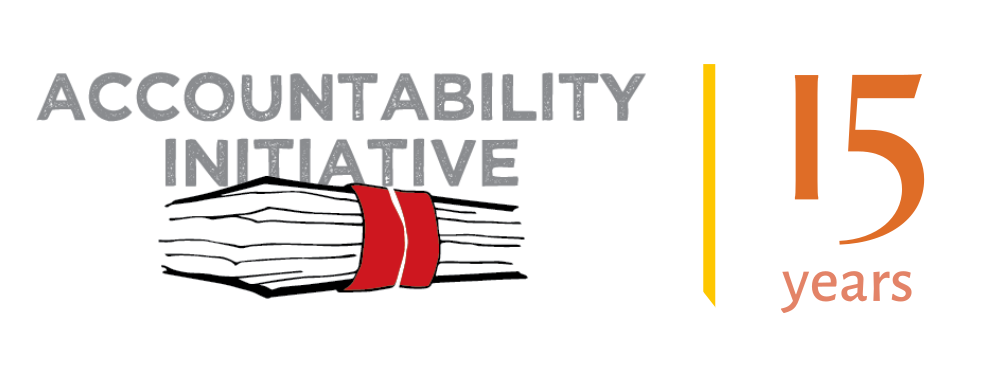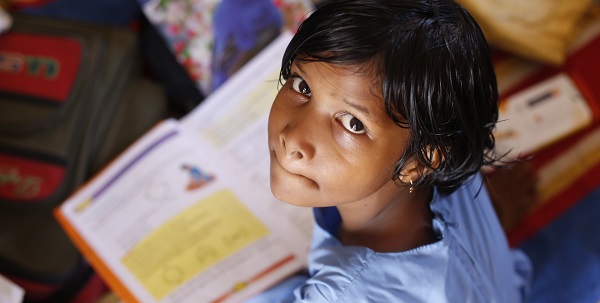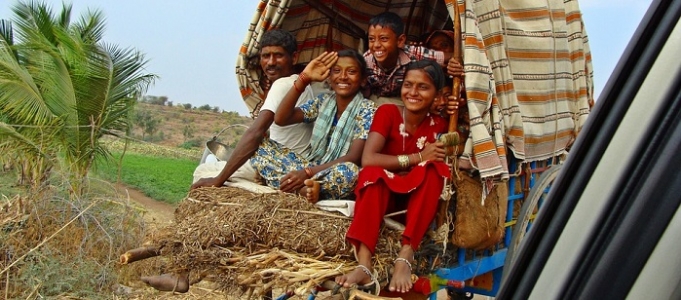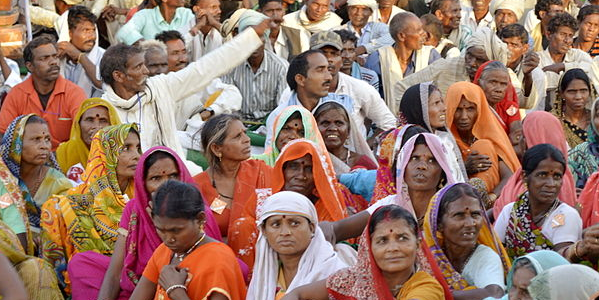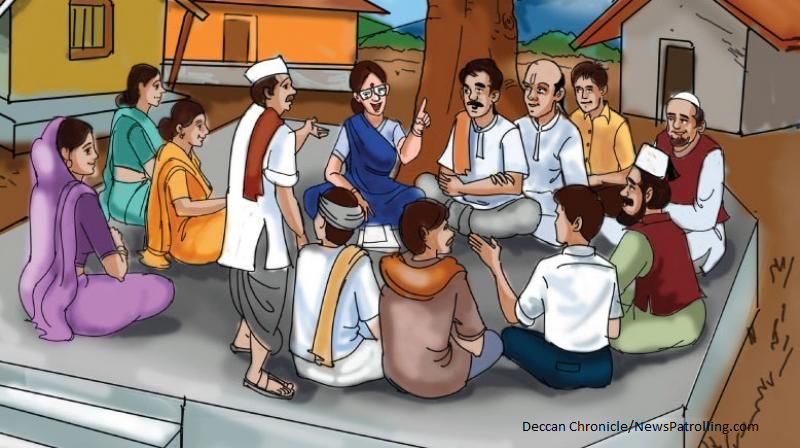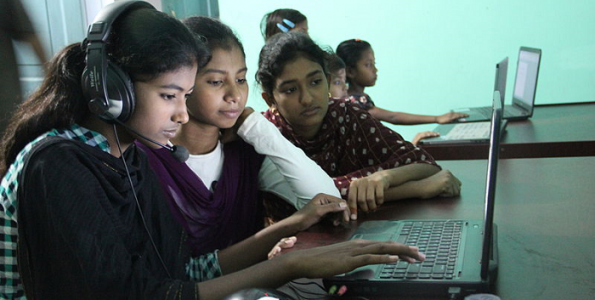आवश्यक सार्वजनिक सेवाओं की गुणवत्ता कमजोर है, नागरिक भी अक्सर इस तरह के चूक के लिए उत्तरदायी राज्य को पकड़ने में असमर्थ हैं। रजिका सेठ Accountability Initiative में उत्तरदायित्व पहल की शिक्षा और विकास का नेतृत्व करती हैं। वह सिविल सोसाइटी संगठनों और जमीनी प्रशासकों की क्षमता बनाने के लिए अपने तरह के पहले कोर्स – हम और हमारी सरकार – के बारे में बताती हैं।
हम और हमरी सरकार के पाठ्यक्रम के पीछे क्या विचार है?
सरकार आम तौर पर समाज के लोगों की बेहतरी के लिए अलग-अलग योजनायें बनाती है। परन्तु अक्सर हम-आप सभी ने यह महसूस किया है कि ये जो सेवाएं हमें मिलती हैं, उनका लाभ हमें बेहतर तरीके से समय पर नहीं मिल पाता है। इससे मालुम चलता है कि सरकार की तरफ से जवाबदेही की बड़ी कमी है।
जब हमें सेवाओं का लाभ समय पर बेहतर तरीके से नहीं मिल पाता है, तब हम सरकार को भ्रष्ट कहकर अपना अंतिम निर्णय सुना देते हैं। यदि भ्रष्टाचार को छोड़ दें तो इसके अलावा क्या हमने कभी सरकार के अंदर झाँकने कि कोशिश की है कि क्यों ऐसा है कि शिक्षा में अच्छी गुणवत्ता नहीं है, क्यों पैसा समय पर लाभार्थी को नहीं मिल पाता, आखिर स्वास्थ्य सेवाएं क्यों बेहतर नहीं हो पा रहीं हैं? इन्हीं तरह के कई सवालों के जवाब यह पैसा कोर्स– ‘हम और हमारी सरकार’ हमारे प्रतिभागियों को देता है ताकि हमारे प्रतिभागी सरकार को बहुत करीब से समझें और उसके बाद वे सरकार के साथ और ज्यादा बेहतर तरीके से काम कर सकें।
इस कोर्स के लक्षित प्रतिभागी हर क्षेत्र में कार्य कर रहीं सामाजिक संस्थाओं के ज़मीमी स्थर के कर्मचारी और पंचायत प्रतिनिधि एवं पंचायत अधिकारी हैं। यह कोर्स हिंदी में करवाया जाता है।
इस कोर्स का महत्व क्या है?
हमारे प्रतिभागी पहले से ही बेहतर सेवा वितरण के लिए अलग-अलग क्षेत्रों में काम कर रहीं संस्थाओं में अपनी सेवाएं दे रहें हैं और किसी न किसी रूप में सरकार के साथ जुड़े हैं। ये क्षेत्र कोई भी हो सकते हैं चाहे वह शिक्षा हो, स्वास्थ्य हो, कृषि हो या फिर अन्य कोई क्षेत्र। हमारे पैसा कोर्स का उदेश्य यही है कि एक बेहतर सेवा वितरण प्रणाली की व्यवस्था हो। इसलिए आवश्यक है कि हमारे प्रतिभागी पहले सरकार की प्रशासनिक एवं वित्तीय व्यवस्था के साथ उसमें काम कर रहे लोगों को भी नजदीकी से समझें। जब हमारे प्रतिभागी सरकार की इस व्यवस्था को अच्छे ढंग से समझ पाएंगे और जान पायेंगे कि वास्तव में समस्याएं कहाँ-कहाँ पर हैं, तभी वे सरकार के साथ जुड़कर ज्यादा बेहतर तरीके से काम कर पायेंगे।
इस कोर्स की विशेषता यही है कि यह कोर्स शुरुआत से अंत तक प्रतिभागियों को ज़मीनी हक़ीकत से अवगत करवाता है और उनके खुद के अनुभवों को बुनते हुए उनकी सरकारी कामकाज पर पकड़ को और मजबूत बनाता है। इस पैसा कोर्स को मुख्य रूप से तीन मोड्यूल में बांटा है:
मोड्यूल 1 – सरकार कौन है?
मोड्यूल 2 – सरकार कैसे चलती है?
मोड्यूल 3 – सरकार और जनता का रिश्ता क्या है?
इस कोर्स के प्रतिभागियों क्या सीखेंगे?
- इस कोर्स को करने के बाद प्रतिभागी समझ पायंगे कि विकेंद्रीकरण क्या है और साथ ही भारत में विकेंद्रीकरण की आवश्यकता और ज़मीनी हकीकत पर अपनी समझ बना पायेंगे। कोर्स के बाद प्रतिभागी स्वयं विश्लेषण कर पाएंगे कि सरकार और उसमें काम कर रहे नौकरशाह कौन हैं और उनको समझना क्यों जरुरी है। वे समझ पाएंगे कि नौकरशाहों के काम करने के तरीके से सेवा वितरण पर क्या प्रभाव पड़ता है।
- साथ ही हमारे प्रतिभागी सामाजिक क्षेत्र के कार्यक्रमों, योजनाओं, बजट, निधि प्रवाह और इन सभी में जटिलताओं को समझ पाएंगे। वे समझ पायेंगे कि क्यों पैसा जमीनी स्तर पर समय पर नहीं पहुँच पाता और इसे पहुंचाने में कहाँ पर सरकार की तरफ से चूक हो जाती है, जिससे सेवा वित्तरण पर प्रभाव पड़ता है।
- इस कोर्स में प्रतिभागी यह भी सीखेंगे की सरकार सेवा वितरण में सुधार लाने के लिए क्या कदम उठा सकती है। इस कोर्स के बाद हमारे प्रतिभागी यह भी सीख पाएंगे कि क्यों सरकार को समझने के साथ-साथ जनता तथा उनसे जुड़ी हुई अलग-अलग समस्याओं को भी जानना बहुत आवश्यक है और कैसे दोनों सरकार और जनता मिलकर सेवा वित्तरण प्रणाली में सुधार ला सकती है ।
पाठ्यक्रम के लिए कौन पंजीकरण कर सकता है और लोग कैसे शामिल हो सकते हैं?
अभी के लिए, पाठ्यक्रम जमीनी स्तर पर काम कर रहे संगठनों के लिए खुला है। विवरण यहां पाया जा सकता है और मुझे प्रश्नों के लिए rseth@accountabilityindia.org पर पहुंचा जा सकता है।
